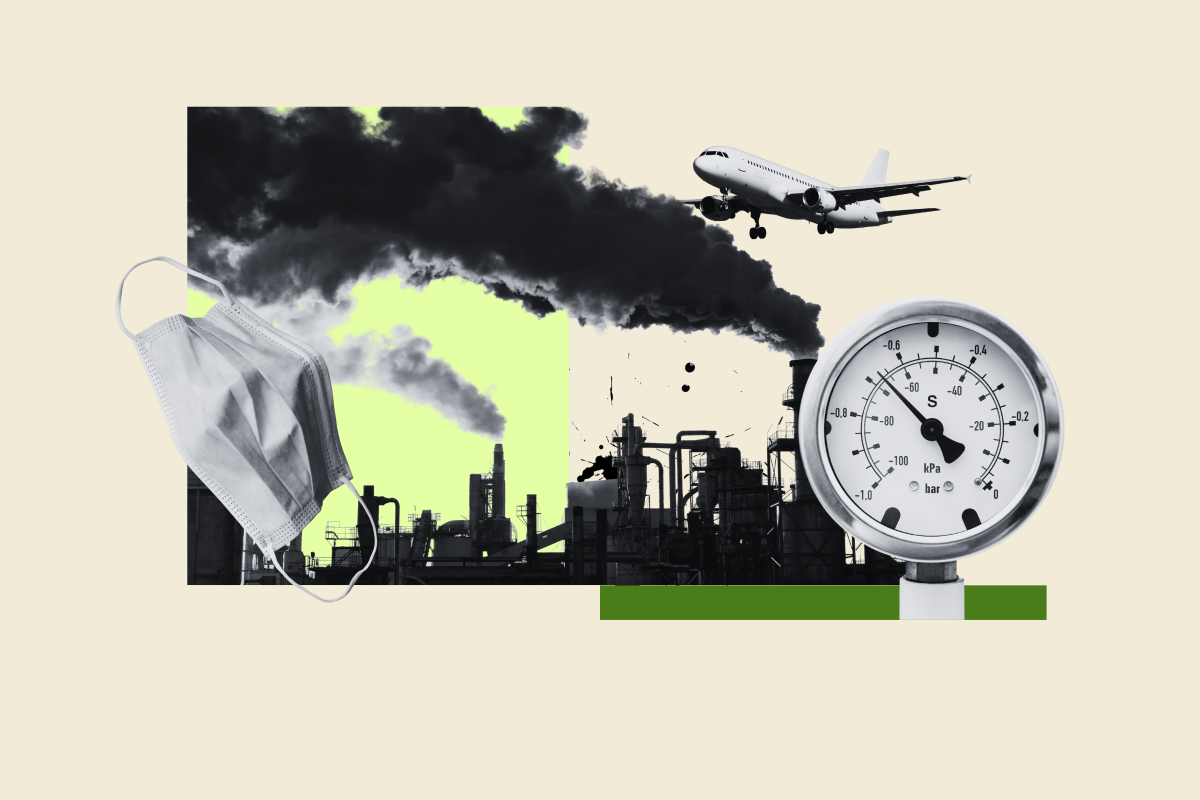Copyright Newsweek

Data from the 2025 State of Global Air report reveals which parts of the United States experience the highest levels of ozone pollution. Why It Matters Ozone exposure can cause coughing, sore or scratchy throat, pain on deep breaths, difficulty breathing deeply, airway inflammation and damage, and greater susceptibility to infections, according to the Environmental Protection Agency (EPA). It can aggravate asthma, emphysema, and chronic bronchitis and can increase asthma attacks, according to the agency. Those most at risk include people with asthma, children, older adults, and outdoor workers, it says. The State of Global Air is a research and outreach effort that provides information on global air quality and trends. It is a collaboration between the Health Effects Institute and the Institute for Health Metrics and Evaluation’s Global Burden of Disease project. What To Know According to The State of Global Air map, parts of the southwestern U.S. were among the regions where eight-hour average ozone levels exceeded the World Health Organization's least stringent interim target of 100 micrograms per cubic meter (µg/m³) during peak season in 2020. This included parts of California, Nevada and Arizona. “One contributor to this is the relatively higher background ozone levels in [the] western U.S., due to contributions from transboundary air pollution, and sources including wildfires,” Pallavi Pant, head of global initiatives at the Health Effects Institute, told Newsweek. “Heat waves and wildfires, which can lead to increased production of ozone, can contribute to higher levels in the Southwest and other parts of the U.S. For example, during heat waves, ozone production can be high, and often, ozone exceedances can be recorded during periods of extreme heat.” Much of the country saw ozone levels in the 70-100 µg/m³ range in 2020, according to the data, while select regions, including most of Florida, northeast Minnesota, Texas’ southern tip, and the far northeast, saw ozone concentrations of 60 to 70. Pant said that the estimates used to create the map combined data from multiple sources, including atmospheric chemistry models. What People Are Saying Palavi Pant told Newsweek: “There was a decline in pollutant concentrations in 2020. Other studies highlighted steep reductions in pollutant concentrations during the early stages of the pandemic. However, much of these reductions (gains in air quality) were not sustained over time.” AccuWeather meteorologist Brandon Buckingham previously told Newsweek: “Ozone is a secondary pollutant, meaning it's not emitted directly from sources, but is formed through chemical reactions. These reactions require sunlight and higher temperatures, making warmer months more prone to ozone formation. When air is stagnant, pollutants don't get dispersed, allowing ozone to build up to unhealthy levels.” What Happens Next



